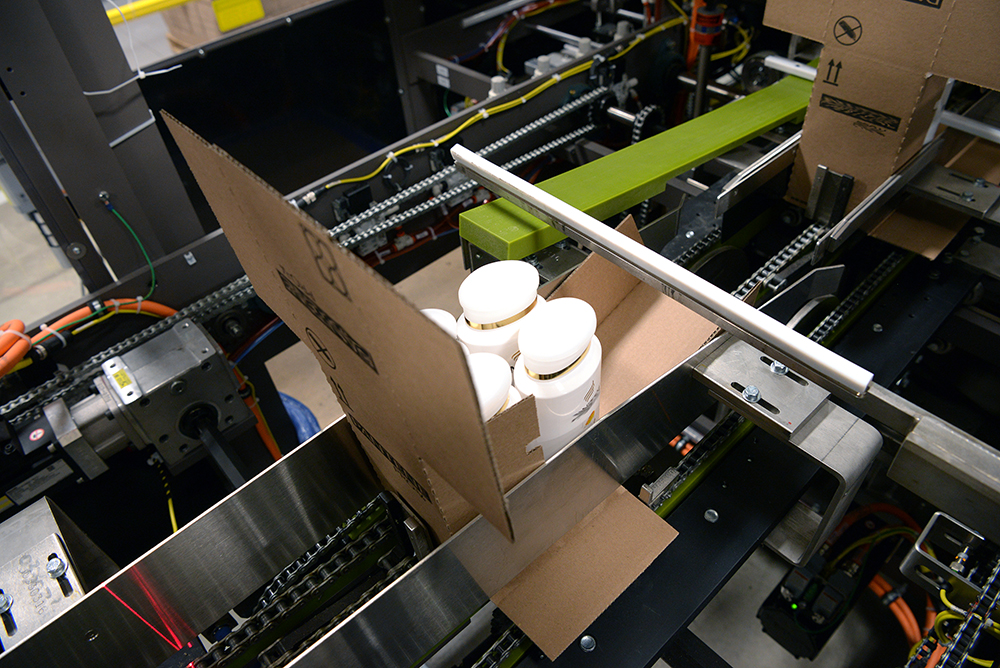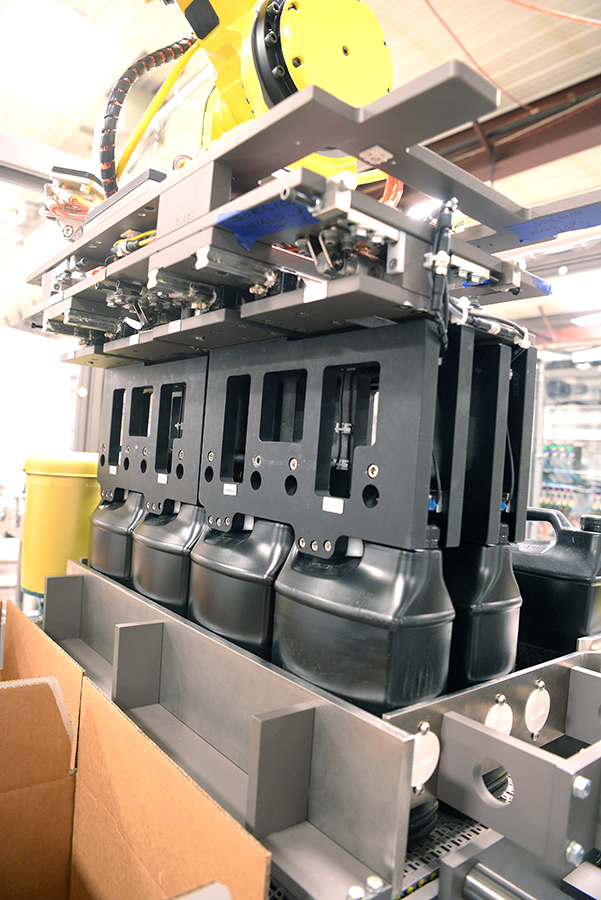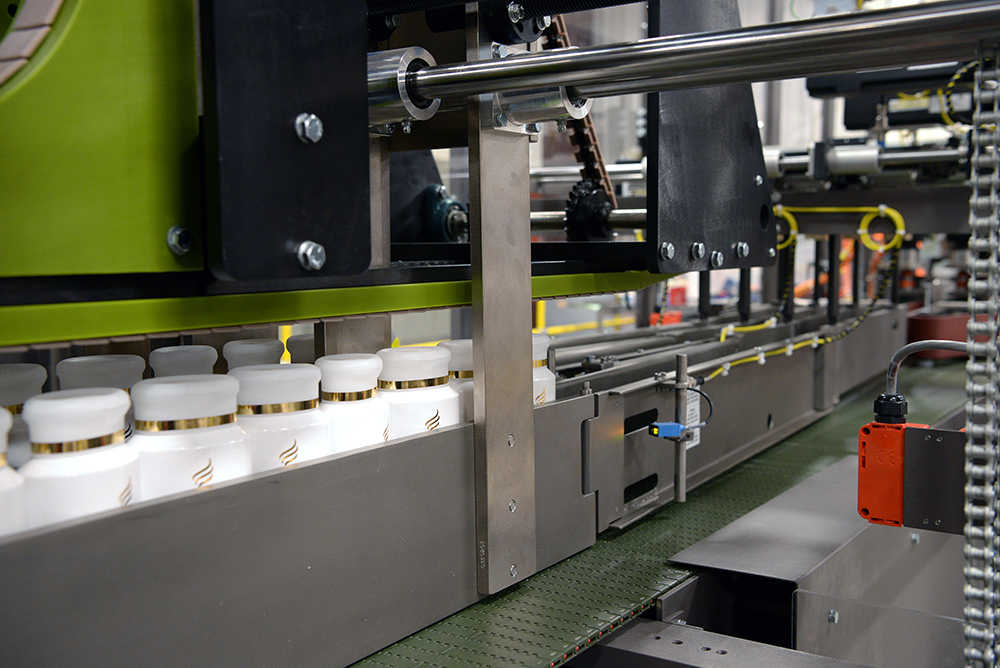Introduction
In the recently published PMMI 2019 report on the state of robotic innovation in the packaging industry an industry expert said, “There is huge growth for robotics beyond automotive in non-traditional industries such as food, beverage, consumer goods, life sciences, electronics, and packaging.” Given the increased use of robotics in the packaging industry, does it always make sense to use a robotic solution for every application or does it make sense to use more traditional or hard automation machines?
Brenton offers both solutions and believes that there is a place for both in your secondary packaging lines. We look at each application according to the following factors: primary product being packed, the flexibility to meet the variation of pack patterns, and overall line speeds. Each of these factors contributes to how easily a robotic or traditional automation solution can be implemented in existing lines.
Primary Product
There is no hard and fast rule to follow, but in general the shape, rigidity, and weight of the product to be placed in the case play a large part in determining what case packing options are available. Lighter products in flexible packaging typically are handled better through a robotic pick and pack, while heavier products in rigid containers can be maneuvered and packed at a higher rate in a traditional case packing machine. While not a limiting factor, the primary products physical attributes do limit how easily the product will be manipulated with a traditional case packer.
Another important factor to consider is whether the primary packaging will change and how often will it change. If the packaging dimensions or type change before the ROI can be made on a traditional packer, it may be better to consider a robotic case packer to provide more flexibility for the line. However, if the primary product packaging will remain consistent as well as the demand for the product, a traditional case packer may be a better fit.
Flexibility
In today’s world of ever-increasing product SKUs, flexibility addresses not only what the line is doing today, but also what it could be asked to handle in a year, 18 months or more. Traditional case packers can be programmed to handle a large amount SKU variation but adding additional products, configurations, or pack patterns may not be as easily accommodated as with a robotic case packer.
Flexibility can also address the changeover speed of the line. If the line is changing between products, configurations or pack patterns once a shift, the impact of the changeover time on the machine’s OEE is an important factor. Typically, robotic case packers have a shorter downtime for changeovers, because the robot’s end of arm tooling change is quicker than a traditional case packer change for new set points and/or change parts.
Line Speeds
While the primary product is a factor to consider in a case packer decision, it also affects the speed of the line along with the case style, upstream and downstream equipment as well as overall line efficiency. Typically, looking at the upstream equipment and the surge capacity will help to determine whether robotic case packers can achieve the rates necessary. In many cases, the rates can we achieved by adding additional robots to the cell to double, triple or quadruple pick the product.
However, at certain speeds a traditional case packing solution may be the most cost effective. Traditional case packers have speeds that are unmatched when packing a dedicated range of products that can be side loaded or are packed in wrap around cases. Reaching speeds upwards of 85 cases per minute, this equipment is designed for consistency which allows high cycle times to be met.
Conclusion
One final consideration is what talent exists to maintain and work with on the cell. While it is true that robotic cells may need less direct operator effort to function, the repair and maintenance of the cell may require additional support from the OEM if talent does not exist at the factory. Traditional case packers do not need the same level of technician talent to maintain and repair them. In that case, a traditional case packing solution may be the best option.
For each line that needs automation, first start with what you are packing both the product itself and the variation that needs to be packed and consider the speeds at which it needs to be packed to fit in with the upstream and downstream line capabilities. When you can clearly determine the answers to all of these questions you can progress forward, with confidence, knowing the solution you select will meet your needs and provide long term ROI.



